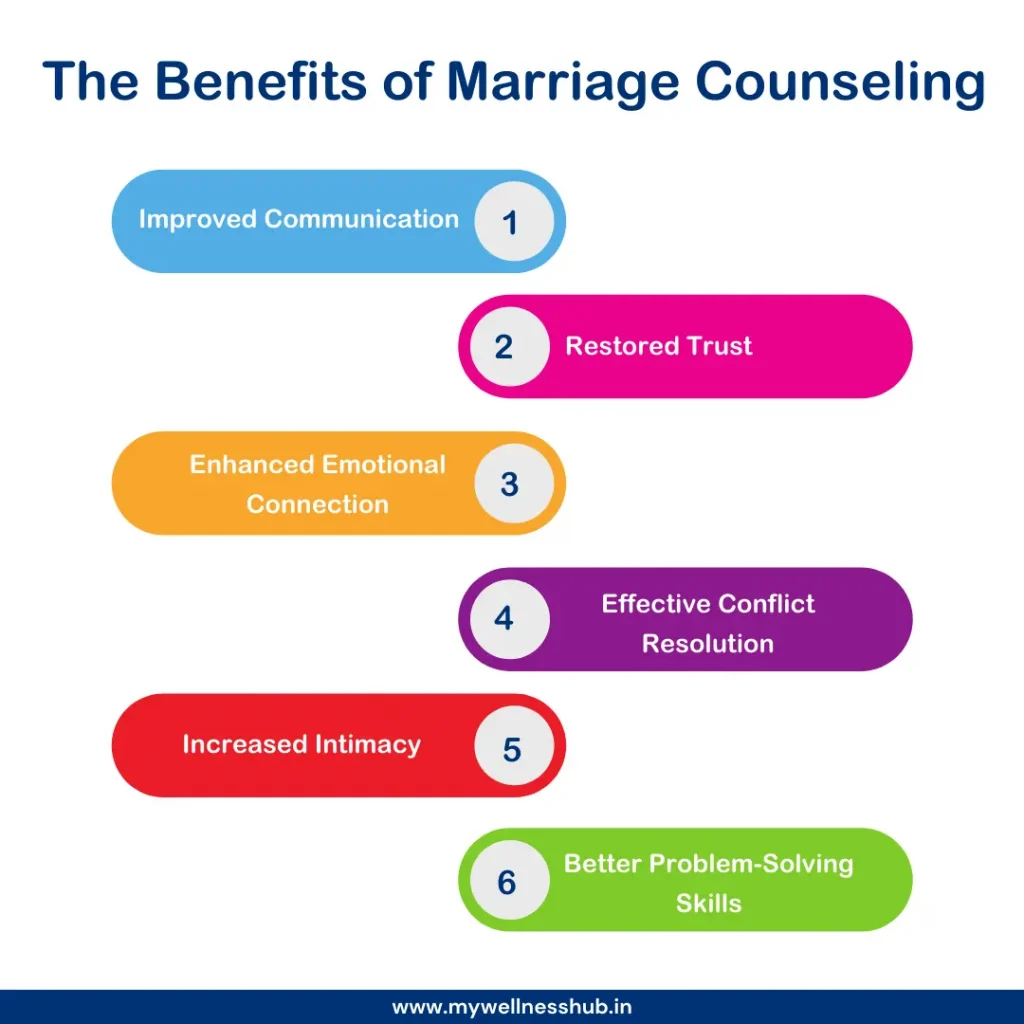Aim Point Counseling Things To Know Before You Get This
Aim Point Counseling Things To Know Before You Get This
Blog Article
Unknown Facts About Aim Point Counseling
Table of ContentsSee This Report about Aim Point CounselingAim Point Counseling Fundamentals ExplainedAim Point Counseling - TruthsThe Definitive Guide to Aim Point CounselingThe Main Principles Of Aim Point Counseling 7 Easy Facts About Aim Point Counseling Explained
The longitudinal design entails a pre-treatment survey and two follow-up studies at 3- and 12-months post-intervention. The research study is set in 8 Relationships Australia Victoria centres, throughout city, external suburbs, and regional/rural sites. Relationships Australia, a non-government organisation, is the largest supplier of pair coaching and connection solutions in Australia.
In Australia, the typical size of marriage prior to splitting up is 8.8 years, and roughly fifty percent of all separations entail couples with youngsters [1] These high rates of relationship breakdown have actually been consistently connected with negative wellness repercussions for both adults and kids following divorce/separation. These consist of isolation from support networks, and reduced earnings and criterion of living for both adults and kids [3], problems of commitment over youngsters for males, and clinical depression and loss of identity for ladies [4,5]
Aim Point Counseling Fundamentals Explained
The impacts of separation and splitting up can be damaging, research study shows that high partnership disharmony in intact pairs is also most likely to have unfavorable end results.
Research study to date has identified both pair and private factors that may contribute to relationship disharmony. These include partnership fulfillment and dedication at the pair level, and anxiety at the private degree.
The Only Guide for Aim Point Counseling
Relationship contentment has been one of the most usual result variable recognized in more than 200 examinations of pair coaching [11,12] Researches have actually discovered significant renovations in partnership satisfaction from pre- to post-treatment [13,14] and throughout one to two years adhering to therapy [15] In these studies, connection fulfillment was most often analyzed utilizing the Dyadic Adjustment Range (DAS) [16] While many research studies indicate enhancements in partnership satisfaction adhering to pair coaching, they are limited by the examples and procedures utilized, greatly short-term follow-up time frameworks, and analyses that do not account for the dyadic nature of pair data - christian couples counseling. Connection dedication, based on actions such as the Dedication Inventory (CI) [19], is an additional commonly investigated connection result.
To summarise, research suggests that couple-specific variables as well as individual aspects may predict the outcomes of couple therapy and relationship solutions. The causal direction of these relationships, nonetheless, is much less clear. These observations are necessary, given that, to validate and guide the application of partnership solutions such as pair counselling, empirical evidence should explore both the end online counseling results of connection solutions and the factors that predict effective treatment.
For that reason, there is a growing consensus that efficacy studies should be matched by performance research study to best notify scientific practice [ 29] The limited performance study that exists to day suggests that couple counselling can improve results such as connection contentment [33,43], communication abilities and basic well-being [44], at the very least in some European countries.

We currently understand little about the accounts of couples who look for out connection education compared to those who seek partnership counselling, or the end results of these programs. Anecdotal proof recommends that there might be substantial distress amongst at the very least some couples looking for relationship education. Connection education programs differ from pair coaching as they are commonly highly structured, performed in teams, and focus on a mixture of four parts; awareness, comments, cognitive modification, and skills training [45]
All about Aim Point Counseling
Feedback involves participants finishing questionnaires regarding their relationship (e.g. measures of social problems), and obtaining info on what their ratings suggest. Cognitive-behavioural strategies advertise altering cognitions to promote positive connections. These might include advertising reasonable attributions/expectations around unfavorable partner behaviour [46] Ultimately, in abilities training, couples participate in lectures or discussions on relationship skills, and practice these throughout facilitator-led activities [ 45]
These meta-analyses highlight restrictions in the present literature on connection education. This sample account might not stand for clients who normally offer for relationship education and learning.
The 10-Minute Rule for Aim Point Counseling

Very little research study has actually taken a look at the comparative advantages of couple counselling and partnership education programs. As clients are most likely to self-select right into these solution kinds, it is not clear whether particular connection distress accounts existing per service type, or without a doubt whether there is a communication in between offering profile, solution kind and result.
(https://sketchfab.com/a1mpoint)
Hence, we have included a 12-month follow-up to determine longer-term patterns and impacts.
We recommend to use multi-level analytical modelling procedures that regulate for the inter-dependence of couple data to examine any type of therapy effects. The specific objectives of the ECC research study are to: 1. Map profiles of clients looking for community agency-based pair therapy vs. partnership improvement programs in terms of socio-demographic and relationship signs (such as connection complete satisfaction, relationship dedication, interpersonal issues, and factors for participating in), in addition to health (such as anxiety, general health and wellbeing) and health service usage (eg.
Determine whether couple counselling and partnership education and learning services boost 3- and twelve-month outcomes for relationship satisfaction, commitment, and anxiety, using statistical analyses proper to couple data. male counselor. Determine the family member contributions of client factors (specific and couple) and therapy/education variables to outcomes at 3- and 12-months, and to sustainability of outcomes over time.
Some Ideas on Aim Point Counseling You Need To Know
Multi-level modelling to figure out pre-post differences, controlling for dyadic (pair) level. To contribute to the literature examining the efficiency of community-based pair coaching.
Report this page